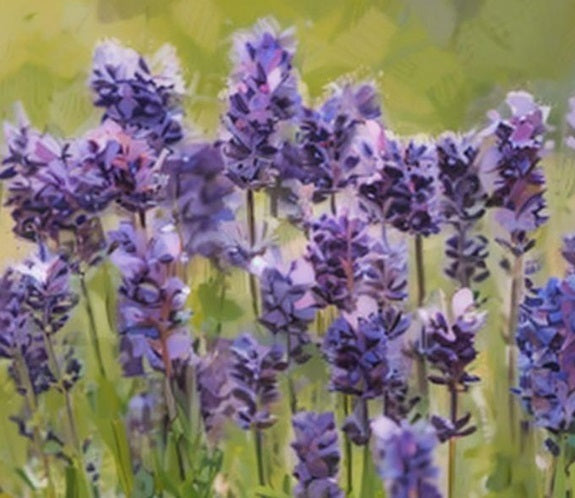The Bamboo Seed
English Lavender Seeds
English Lavender Seeds
Couldn't load pickup availability
English Lavender Seeds for Sale
- Quantity 50+Lavender seeds
- USDA Zone 5-9
- Perennial flower seeds
- English Lavender flower seeds
- Scientific name Lavandula angustifolia
- Cold hardy plants
English Lavender Flower Seeds
Planting English lavender seeds for the garden can offer a multitude of benefits. Renowned for its fragrant blooms and aromatic foliage, English lavender (Lavandula angustifolia) is a versatile and resilient herb that adds charm and elegance to any garden. Its compact growth habit and low-maintenance nature make it an excellent choice for borders, rock gardens, and container plantings.
Not only does lavender attract pollinators like bees and butterflies, but it also repels pests such as mosquitoes and deer, making it a valuable addition to any garden. The flowers are often used in culinary applications, imparting a unique flavor to dishes, while the essential oil extracted from the flowers is prized for its therapeutic properties, including promoting relaxation and reducing stress.
Lavender is also known for its drought tolerance and ability to thrive in poor soil conditions, making it an ideal choice for xeriscaping and sustainable gardening practices. Overall, planting English lavender seeds in the garden not only enhances its visual appeal but also offers numerous practical and therapeutic benefits.
Lavender Plants for the Garden Landscape
Lavender plants (Lavandula spp.) are popular among gardeners for several reasons. Lavender is renowned for its fragrant blooms and aromatic foliage, which add a touch of beauty and elegance to any garden. Lavender flowers come in various shades of purple, blue, and white, providing a range of color options for garden design.
Lavender is a versatile plant that can be used in a variety of ways, including as a border plant, a container plant, or even as a hedge. Its compact growth habit and low-maintenance nature make it an excellent choice for both novice and experienced gardeners.
Lavender grown from seed is highly attractive to pollinators like bees and butterflies, making it a beneficial addition to any garden ecosystem. Additionally, lavender has a long history of use in culinary, medicinal, and aromatic applications, with its flowers and essential oil being prized for their flavor, therapeutic properties, and fragrance. Lavender is known for its drought tolerance and ability to thrive in poor soil conditions, making it an ideal choice for xeriscaping and sustainable gardening practices. English lavender plants are popular among gardeners because they are beautiful, versatile, beneficial to wildlife, and offer numerous practical and therapeutic benefits.
Growing Lavandula angustifolia from Seed
Lavandula angustifolia is commonly known as English lavender. It is known for its compact size and abundant blooms. Sonme general attributes and growth habits of English Lavender include:
Size: English Lavender typically grows to a height of 12 to 18 inches (30 to 45 cm) and spreads to a width of 12 to 24 inches (30 to 60 cm). It has a compact and mounded growth habit.
Leaves: The leaves of lavender are narrow, gray-green, and highly aromatic. They are arranged in opposite pairs along the stems and are about 1 to 2 inches (2.5 to 5 cm) long.
Flowers: This lavender cultivar produces beautiful, fragrant flowers on slender spikes. The flowers are densely clustered and are usually a deep purple to violet-blue color. They bloom in the summer, attracting bees, butterflies, and other pollinators.
Fragrance: English lavender is highly valued for its delightful fragrance. The flowers exude a sweet and calming scent, which is often used in potpourris, sachets, and essential oils.
Sun and Soil Requirements: Lavandula angustifolia thrives in full sun, requiring at least 6 to 8 hours of direct sunlight per day. It prefers well-drained soil with a slightly alkaline to neutral pH. Lavender plants are known for their drought tolerance and prefer soil that is not overly wet or waterlogged.
Hardiness: English lavender is considered a hardy perennial. It is suitable for USDA hardiness zones 5 to 9, although it can sometimes survive in zone 4 with adequate winter protection.
Growth Habit: This lavender cultivar has a compact and bushy growth habit, making it ideal for small gardens, containers, or borders. It forms a rounded mound of foliage and flowers.
Pruning: To maintain its shape and promote healthy growth, Lavandula angustifolia benefits from regular pruning. Pruning should be done in early spring or after the first flush of flowers. Trim back the spent flower spikes and a portion of the foliage, taking care not to cut into the woody stems.
Overall, English lavender seeds produce versatile and attractive plants with compact size, aromatic foliage, and abundant blooms. It is well-suited for both ornamental and culinary uses, adding beauty and fragrance to gardens and landscapes.
Lavandula angustifolia is a popular variety of lavender known for its fragrant flowers and compact growth habit. Here are some guidelines on how to care for lavender:
Planting: Choose a location that receives full sun exposure for at least 6-8 hours a day. English lavender prefers well-draining soil with a pH level between 6.5 and 7.5. Avoid planting in heavy clay soils or areas with poor drainage.
Watering: Lavender is drought-tolerant once established, so it's important not to overwater it. Water deeply but infrequently, allowing the soil to dry out between waterings. Typically, watering once a week is sufficient, but adjust based on your climate and soil conditions.
Mulching: Apply a layer of organic mulch around the base of the plant to help retain moisture, suppress weed growth, and regulate soil temperature. Avoid piling mulch directly against the stem to prevent rot.
Pruning: Lavender benefits from regular pruning to maintain its shape and encourage new growth. Prune lavender in early spring, cutting back about one-third of the plant's height. Avoid cutting into the woody stems as they may not produce new growth. Additionally, deadhead spent flowers throughout the blooming season to promote further flowering.
Fertilization: Lavender doesn't require heavy fertilization. In fact, excessive fertilizer can lead to excessive leaf growth at the expense of flower production. If your soil is poor, you can apply a balanced organic fertilizer in early spring, but be conservative with the amount.
Winter care: Lavender is hardy in USDA zones 5-9. In colder regions, it may benefit from winter protection. Apply a layer of mulch around the base of the plant to insulate the roots and protect them from extreme cold. You can also cover the plant with a breathable material like burlap during harsh winter conditions.
Pest and disease control: Lavender is relatively resistant to pests and diseases. However, keep an eye out for common issues like root rot, powdery mildew, or aphids. Provide good air circulation around the plants and avoid overhead watering to minimize the risk of fungal diseases. In case of pests, you can use organic insecticidal soap or neem oil as a deterrent.
By following these care guidelines, you can enjoy healthy and vibrant English Lavender plants grown from seed in your garden.
Germinating Lavender Plant Seeds
Germinating lavender seeds indoors is a straightforward process that can be done in a few easy steps:
Select a Container: Choose a container with good drainage. Seed starting trays or small pots work well for this purpose. Ensure the container is clean and sterilized to prevent disease.
Prepare the Soil: Use a well-draining seed-starting mix or a combination of peat moss and perlite. Fill the container to within about 1/2 inch of the top.
Moisten the Soil: Water the soil until it's evenly moist but not waterlogged. Allow excess water to drain out.
Sow the Seeds: Place the lavender seeds on top of the soil, spacing them about 1 inch apart. Lightly press the seeds into the soil, but do not cover them with additional soil as lavender seeds need light to germinate.
Cover the Container: Cover the container with a clear plastic dome or plastic wrap to create a mini greenhouse effect. This helps to retain moisture and warmth, which aids germination.
Provide Adequate Light and Temperature: Place the container in a warm, brightly lit area. Ideal temperatures for germinating lavender seeds are between 70-80°F (21-27°C). A sunny windowsill or under grow lights works well.
Keep the Soil Moist: Check the soil moisture regularly and water when the top of the soil feels dry. Avoid overwatering, as this can lead to fungal issues.
Remove the Cover: Once the seeds have germinated and small seedlings have emerged (usually within 14-21 days), remove the plastic cover to prevent excessive humidity and encourage air circulation.
Transplant the Seedlings: When the seedlings have developed a couple of true leaves and are about 2-3 inches tall, they can be transplanted into larger containers or directly into the garden, spacing them according to the variety's recommendations.
Provide Adequate Care: Continue to water the seedlings regularly, ensuring that the soil remains evenly moist. Lavender prefers full sun and well-drained soil. Fertilize with a balanced fertilizer every 4-6 weeks.
With proper care and attention, your English lavender seeds should germinate and grow into healthy plants that will reward you with beautiful blooms.
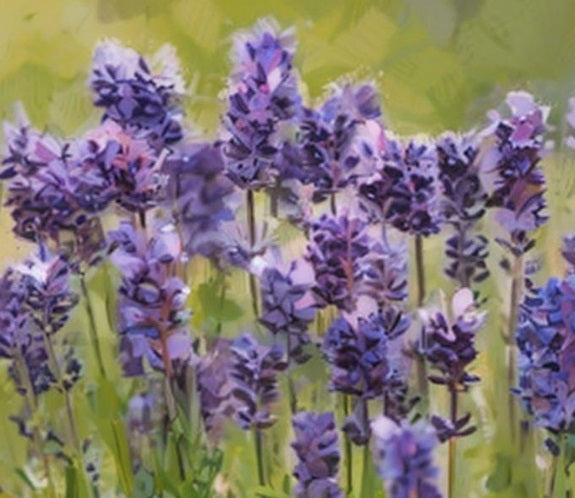
Collections
-
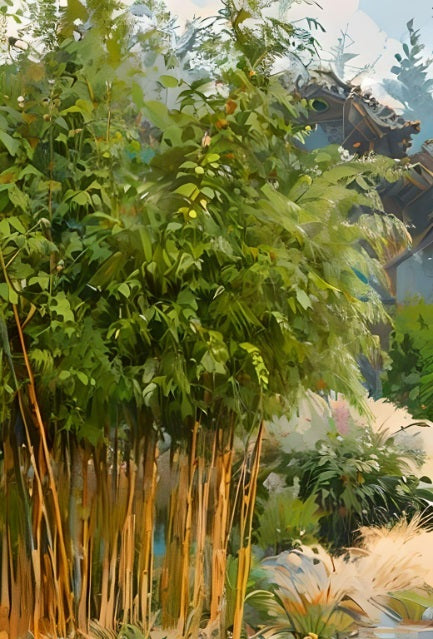
All Bamboo Seeds for Sale
Welcome to our catalog of bamboo plant seeds for sale including clumping...
-
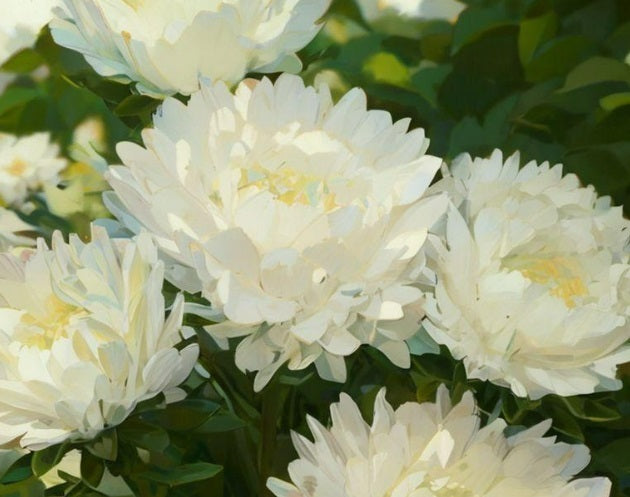
All Flower Seeds
All of our 2025 flower seeds are sold out. Please check back...
-
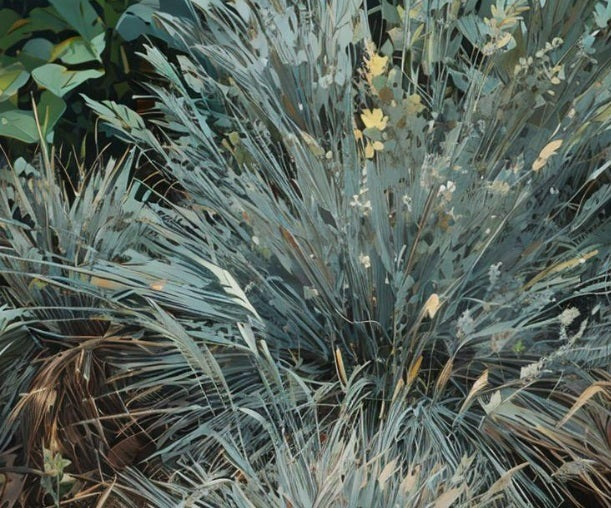
All Ornamental Grass Seeds
Grass has finally come into its own as a garden landscape centerpiece....
-
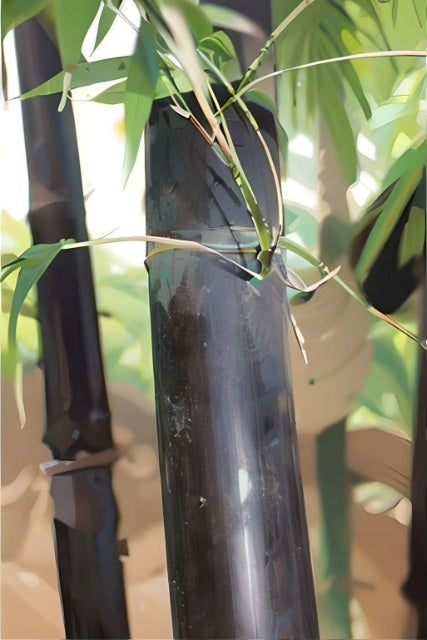
Black Bamboo Seeds
Consider Black Bamboo seeds for eye-catching bamboo varieties with lustrous black, dark...
-
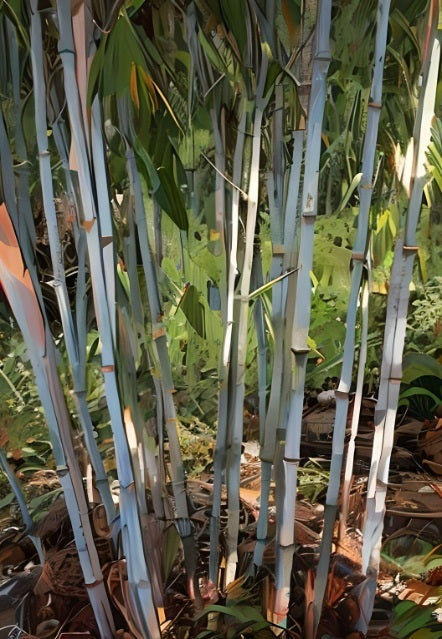
Clumping Bamboo Seeds
Clumping bamboo species grow in dense clumps or clusters that are naturally...
-
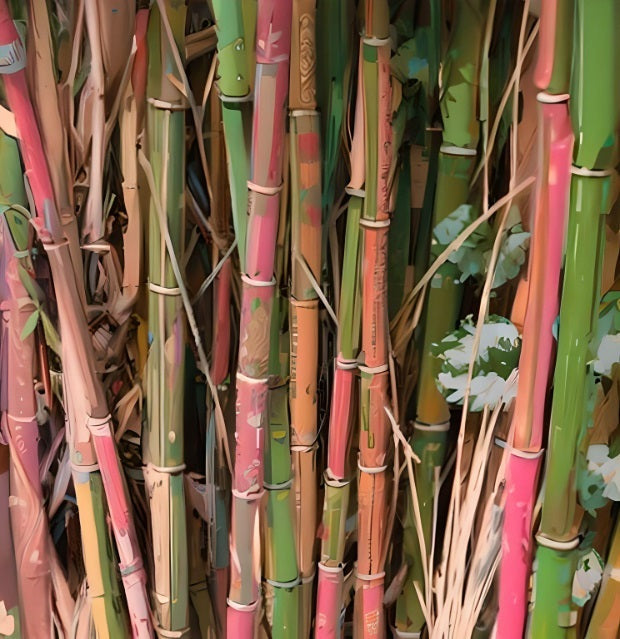
Cold Hardy Bamboo Seeds
A selection of cold resistant bamboo seeds for hardy bamboo able to...
-
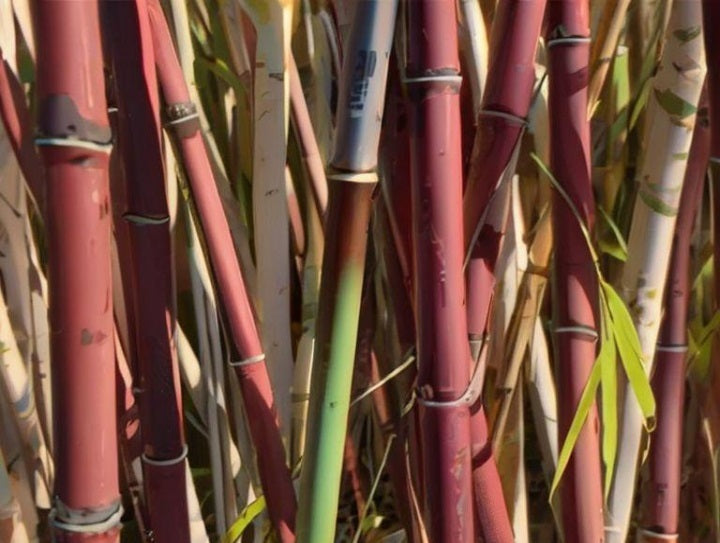
Fargesia Bamboo Seeds - Clumping and Cold Hardy
Buy bamboo seeds for beautiful cold hardy and clumping Fargesia bamboo. Our...
-
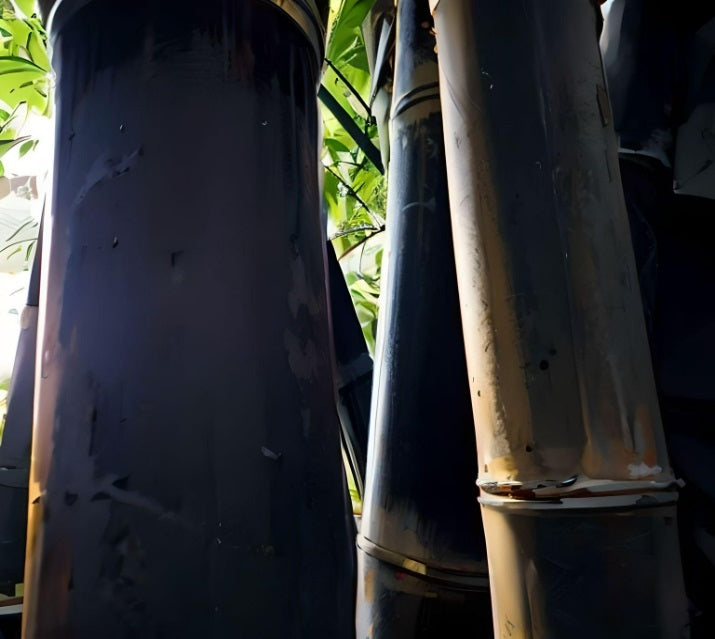
Giant Bamboo Seeds
When you're looking for impressive size with ample shade below, consider fastest...
-
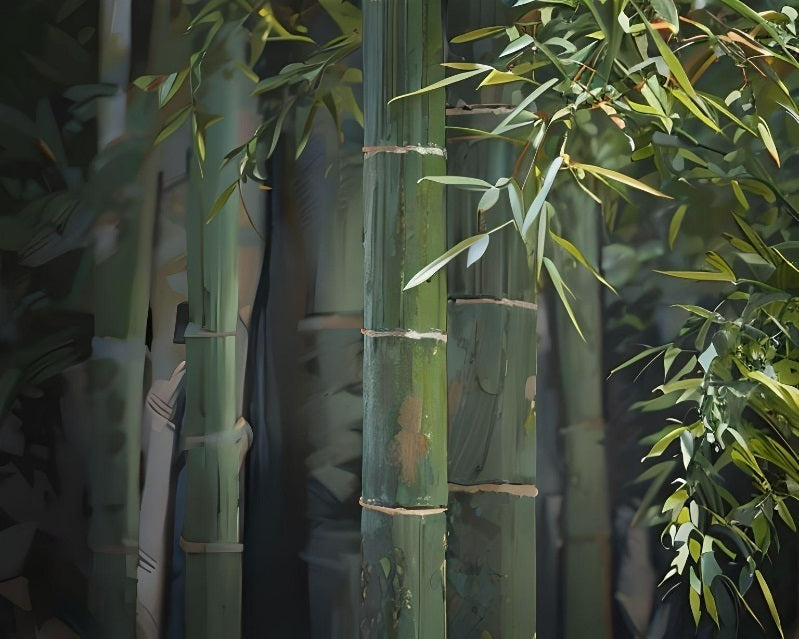
Running Bamboo Seeds
Running bamboo spreads through underground runners, known as rhizomes. These rhizomes can...
-
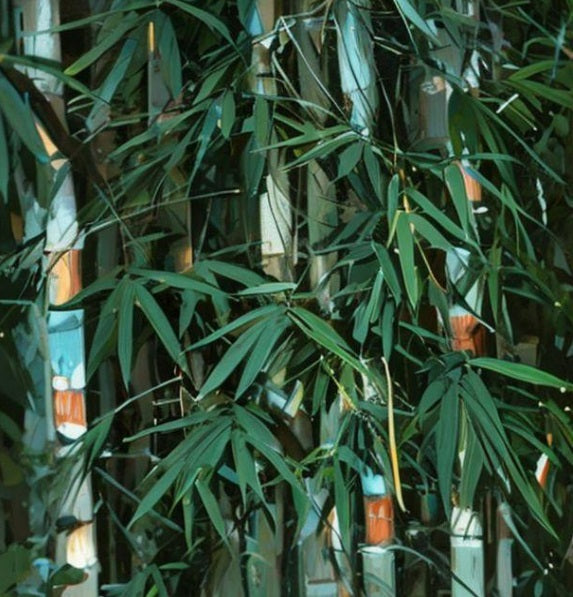
Tropical Bamboo Seeds
Our curated selection of tropical bamboo seeds best suited for planting in...

